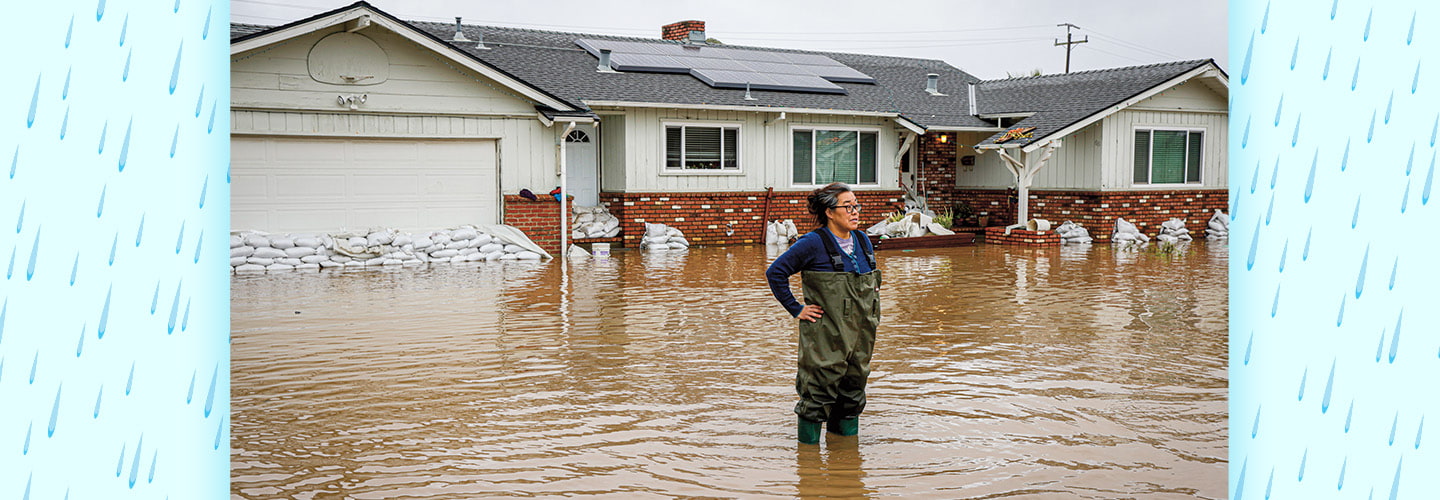When it rains, it pours. Last month, California experienced historic flooding as a result of nine back-to-back storms. Some areas saw up to six times the normal amount of rainfall for January. In Sacramento, about 11 inches of rain fell. That’s more than half of what the city usually gets in a year.
With trillions of gallons of water falling over a period of three weeks, the ground did not have a chance to dry. This led to landslides across the state. Huge masses of rock and mud flowed down hills at frightening speeds. Dozens of roads were damaged and had to be closed.
Homes and businesses were destroyed by floods, and more than 2 million lost electricity as strong winds downed power lines. Some people evacuated their homes, while others had to be rescued from flooded houses. Sadly, at least 20 people died. California Governor Gavin Newsom declared a state of emergency in 41 of California’s 58 counties.
“It will take many months for people to repair the damage caused by these storms,” says National Weather Service meteorologist Sarah Rogowski.

